People are often surprised when they hear that I don’t feed the birds.
Anyone who knows me will report that I am ‘Into Nature’ as though it were a personality quirk, or a notable hobby. But I don’t feed the birds, and they find that unforgivably paradoxical.
Of course, when I say I don’t feed the birds, what I really mean is supplementary feeding: hanging plastic containers of expensive seed mixes, globally shipped peanuts, and processed fat balls. Feeding garden birds is excellent; not only does it aid winter survival whilst connecting us with nature on our own doorsteps, but it has even helped boost the populations of some struggling songbird species. In previous gardens I have enjoyed many hours watching Great Spotted Woodpeckers demolish fatballs, and the acrobatics of the Blue and Great Tits.
Unfortunately, at this property we have a rat problem. Now, rats themselves aren’t a problem, they are a natural component of our ecosystems, highly intelligent and fascinating creatures, but too many rats, too close to our rented house and more to the point too close to our neighbours’ houses… that is a problem. Then there’s the squirrels; hulking grey American imports that proliferate around here to the point where population scales tip into damage to forestry, raiding bird nest boxes, and anti-social behaviour at the bird table. Not to mention the beautifully iridescent but bald-beaked Rooks, who think nothing of snapping the branches off my apple trees as they descend on mass to hoik the feeders off the hooks and lob them on the floor to spill the contents for easy gobbling, bless them. Put simply, the small birds wouldn’t stand a chance, and we’d potentially upset the landlord.
My list of birds seen in or from my garden currently stands at 36 species. I regularly see Robin, Dunock, Wren, Blackbird, Song Thrush, House Sparrow, Blue Tit, Great Tit, Marsh Tit, Long-tailed Tit, Chaffinch, Goldfinch, and have also regularly spotted Chiffchaff, Goldcrest, and even Firecrest.
Spotting any of these visitors in the garden is a great joy, and really lifts my spirits especially on tricky days. Naturally, I want to offer something in return.
So if feeding the birds doesn’t really work for us, what do I do? Well, it’s all in the detail, and in the way I garden.
Grab your mug of tea and come for a walk with me and I’ll show you a few things.
Hedgerow
The first thing you notice when entering our garden is a large hedge; in fact, you have to come through it (we do have a gate, so you don’t have to adopt the ‘dragged through a hedge’ hairstyle I seem to permanently have!). It is a mature hedge, mixed native species including both deciduous and evergreen plants such as Hazel, Holly, Ivy, Yew, Hornbeam, and Sycamore. We trim the hedge on an annual basis, usually by late January, and cut the top narrower than the base to form an approximate ‘A’ shape. This allows light to the base of the hedge, so the top doesn’t over-shadow the lower growth and it stays overall dense and thick. The hedge offers plenty of nesting and foraging opportunities for small birds, and helps to shelter the garden in bad weather.
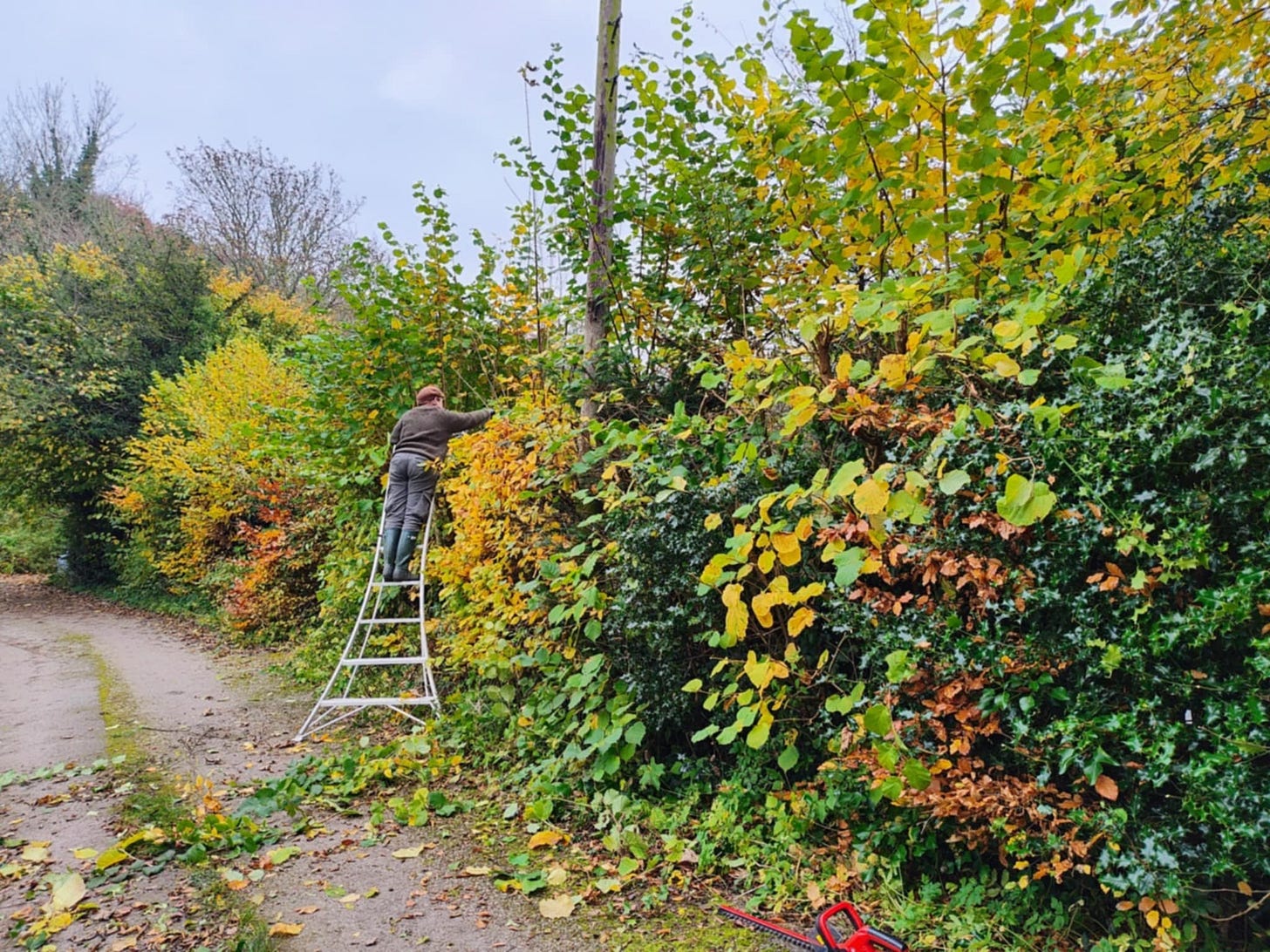
Fruit and berries
We were fortunate to ‘inherit’ some mature established Apple and Pear trees when we moved to this property, and the birds love the windfall fruit. We gather some to eat, but bruised fruit on the ground attracts Blackbirds and Thrushes, and smaller opportunists such as the Blue and Great Tits. I have deliberately chosen additional trees for their berries, including Rowan and Crab Apple, plus the hedge provides nature food sources in the form of Holly, Yew and late-season Ivy berries. I plan to add Honeysuckle too.
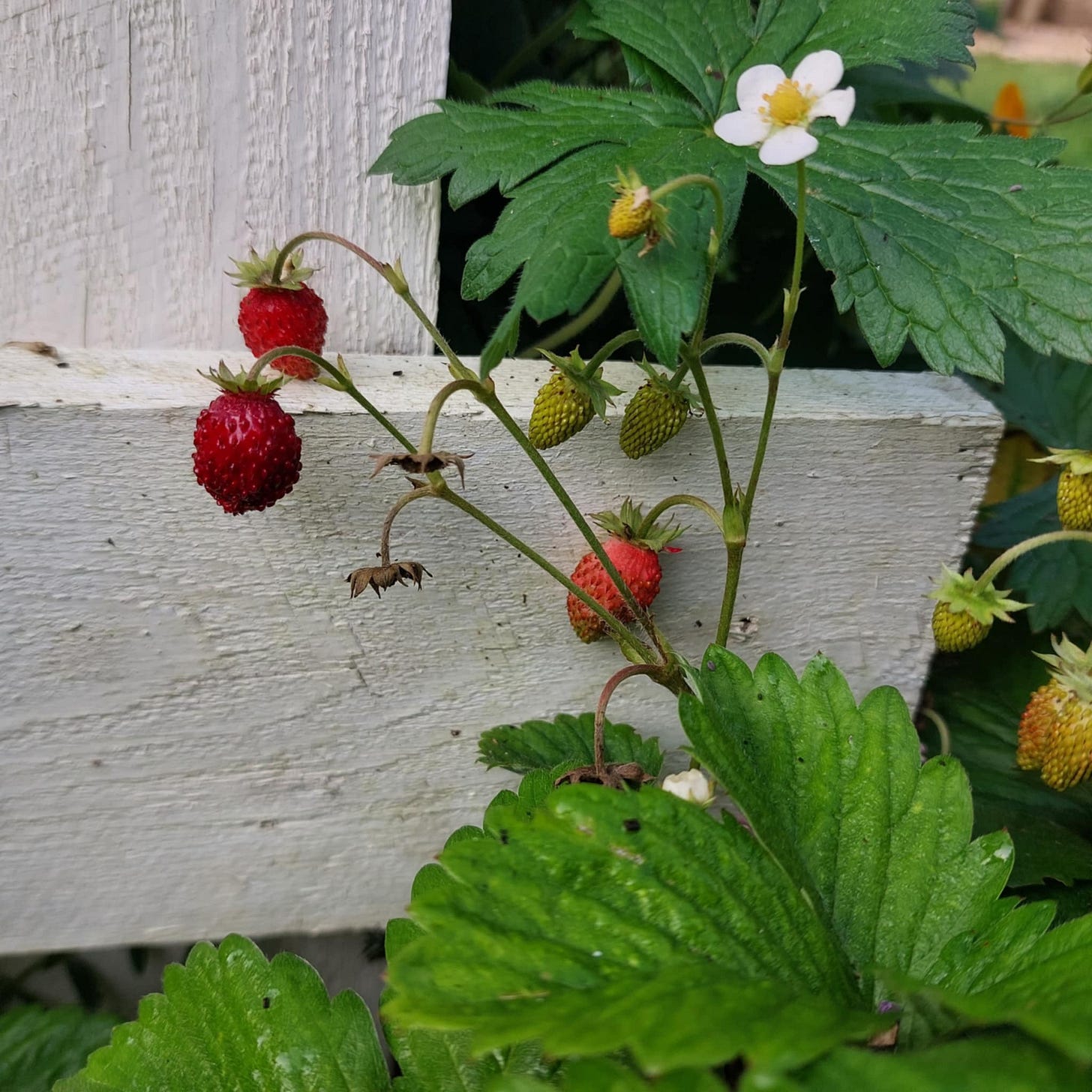
Log piles and habitat heaps
One of my favourite garden birds is the tiny little Wren. Wrens are insectivorous; fruit and berries and seeds aren’t much use to them – they need spiders and insects to keep them going. This is especially challenging during winter months. Each year I create small piles of trimming from the pruned fruit trees, and add to log piles under the hedge. These areas are full of nooks and crannies and the perfect place for creepy-crawlies to inhabit, until picked out by the little Wrens.
Leaving leaves and cut & drop
One of the most distinctive foraging behaviours of birds is the leaf-flipping technique of blackbirds. In the winter I regularly see blackbirds in the garden, turning over fallen leaves and picking through the wet accumulations, looking for worms and snails underneath, especially if the ground elsewhere is frozen. I do rake up some leaves from slippery paths, off the grass if piling up deeply, and clear them from the crowns of delicate plants (I compost the leaves I gather, so they are not wasted), but the majority I leave on the ground, allowing the worms to do the hard work for me, as they break down the litter into accessible nutrients for my plants to make use of in the spring.
When the untidiness of the beds and borders does get too much to bear in late winter/early spring, I will cut back the dead stems of herbaceous plants and clear old vegetation, but rather than carting this all off to the compost heap, I cut and drop. Meaning I let the stems fall to the ground in bare patches, or at the back of the beds out of sight. Many invertebrates will overwinter during some part of their lifecycle in hollow stems and dead vegetation, so I want to allow them to continue their processes and emerge to feed the birds, pollinate my crops and control my garden pests, once warmed up by the spring sunshine.
Encouraging seedy weeds and choosing plants for seedheads that hold overwinter
My lazy-gardener attitude doesn’t just include leaving fallen leaves, but extends to leaving seedheads standing in the garden too. Whether it is wildflowers along the hedge edge, or plants such as Lemon Balm, Calendula, and Phlomis in the garden beds, not only can these structural and architectural plants offer opportunities to seed-eating birds through the colder months, they add extra interest to the garden too; looking especially beautiful and intricate when decorated with an icy coating of frost, or strung with sparkling spiders webs.
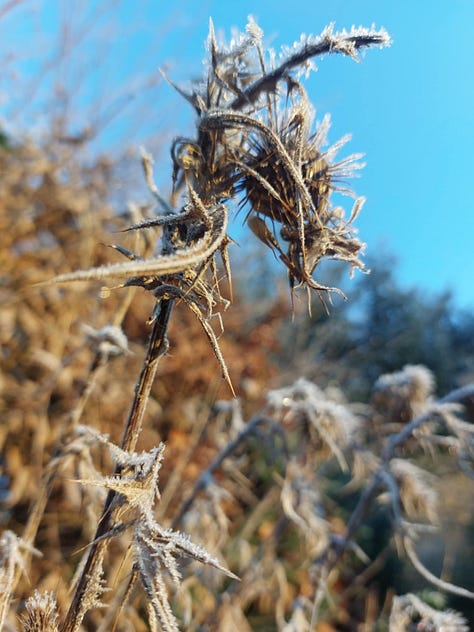
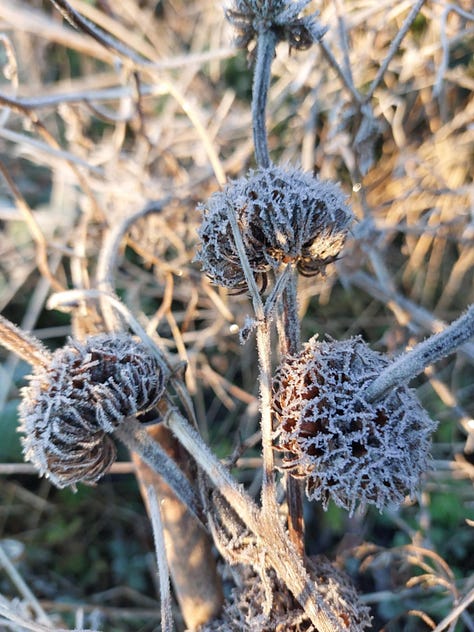

Water, and nectar rich to boost insect numbers
Nothing brings life to a space quite like water. The first thing I wanted to do in this garden, was to introduce some water. We live in an area of chalky geology, and there is little standing water locally. Because we rent, digging a pond was not an option (a term and condition in our rental agreement), but mini ponds in containers still pack a punch will about their size in terms of attracting in invertebrate life.
Plant choice also plays a role in attracting insects (and therefore insect-eating-birds) to the garden, and having lots of nectar rich flowers across lots of differing flower shapes, means maximum variety.
The Wildlife Trusts have some great pond building step-by-step advice here: How to build a pond | The Wildlife Trusts
Varying grass lengths for feeding styles
With the craze for wildflower meadows and no-mow lawns, it is easy to forget the value of some semi-short grass too. Blackbirds will use lawns as a tug of war pitch with earthworms, and Starlings need short turf to probe with their sensitive beaks for grubs such as their favourite Leatherjackets (the larvae of the Cranefly). Offering a mix of grass areas if you can (we leave the grass long under our apple trees, but mow paths through it, and keep the area closest to the house cut a little shorter.), and avoiding the use of lawn chemicals, will ensure there is a platter of feeding opportunities for birds of all lifestyles.
Feeding garden birds is a fantastic thing to do and enormously rewarding, and I would never discourage anyone from putting out feeders if they can. But if you aren’t in the position, and wondering what else you could do, I hope that this list gives you some inspiration, and shows how looking after the nature in tour back yard doesn’t have to be commodified and expensive. Everyone can do something, whether that’s adopting a street tree outside your front door which you water in dry spells, being a bit lazy with the tidying up over winter, or opting for chemical free alternatives to traditional gardening methods. And it really does all make a difference.
I’d love to hear what birds you see in your gardens, or in your street. If you’re reading from outside the UK would you change anything on this list to suit your climate and garden types?

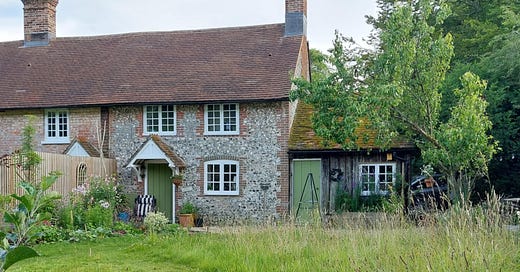



Great article. I stopped using bird feeders a couple of years ago. Partly because of the hassle of cleaning the feeders. Weekly cleaning is just one more chore. Like you I live in a fairly rural area so there is plenty of food around for the birds & I feel such a buzz when I see goldfinches feeding on teasel or long tailed tits gleaning through the trees. I’ve recorded for BTO garden birdwatch for years and I know numbers are lower now I no longer feed but I think range of species is similar just not every week. I don’t regret stopping feeding at all (there is always water out for birds) but I think if I lived in a more urban environment I might feed the birds again. Your garden looks wonderful 😊
Hedges have just so much potential, and for as long as we can leave the perennials standing before they collapse, the birds thank us. Their favourite treat is the aphids on young rose stems - the baby blue tits flock into the garden for this essential food when they can’t find the 100 caterpillars a day they need. Lovely post!